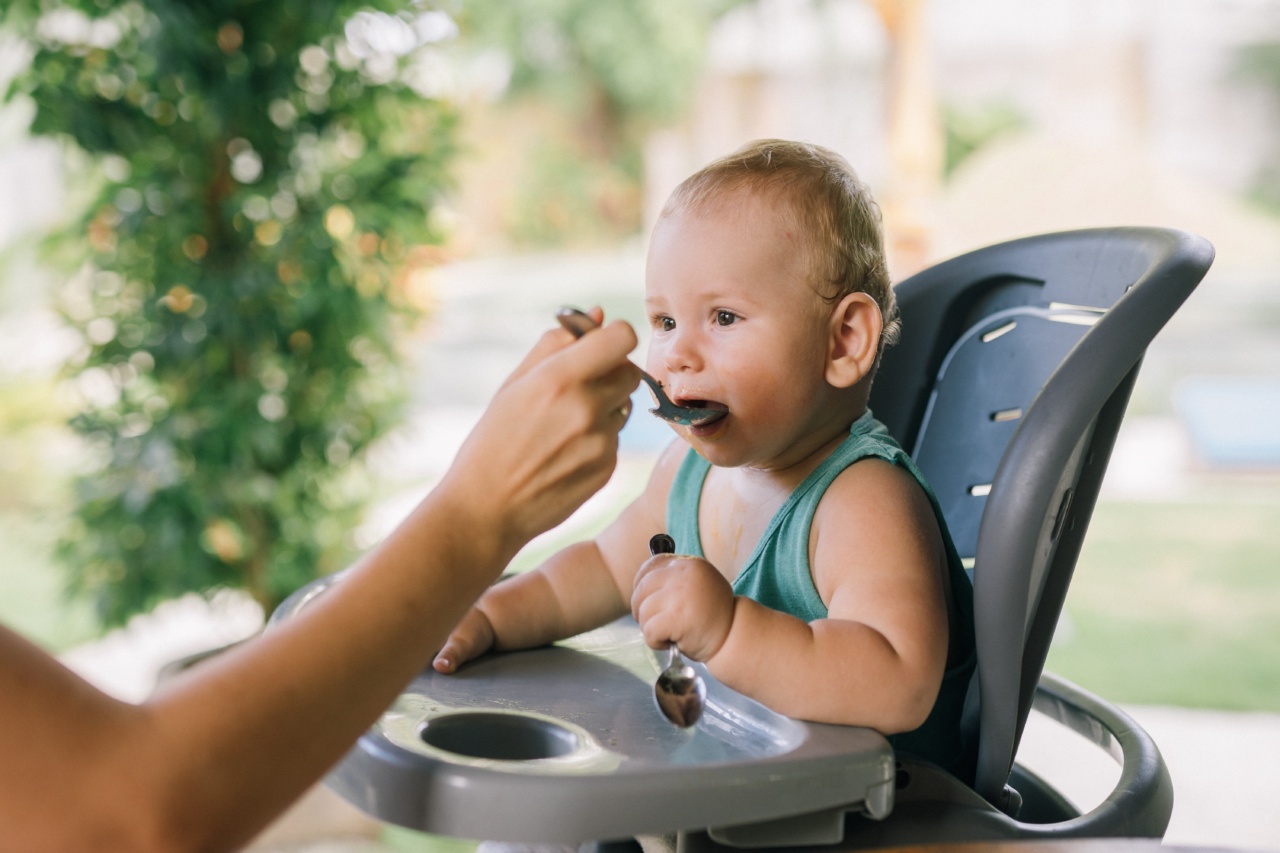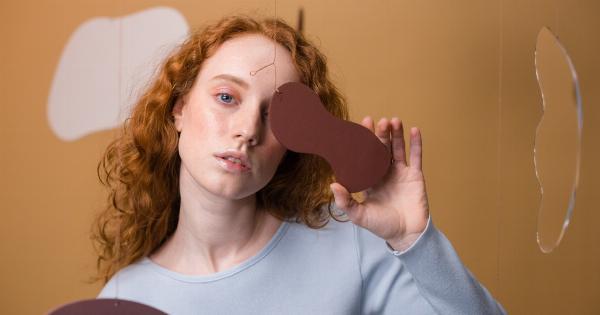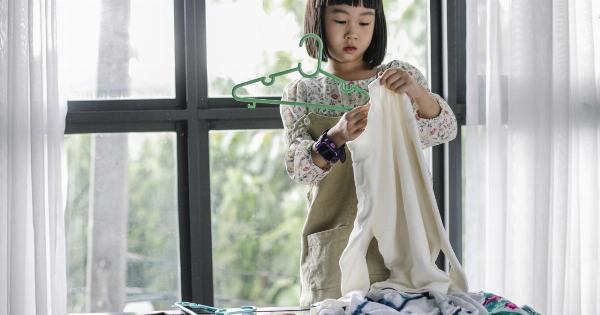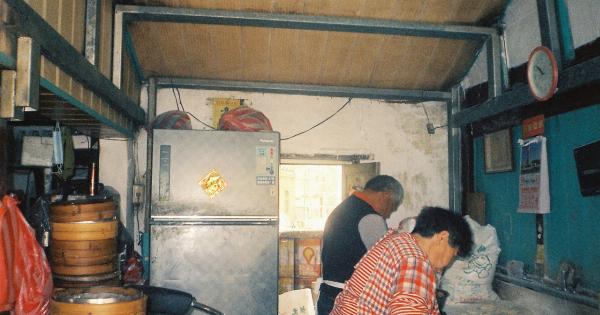Every parent wants to create a safe environment for their babies and keep them protected from harm. Baby swings are popular among parents for soothing and entertaining their infants.
However, it is crucial to be aware of the potential dangers associated with swing covers and other objects that could compromise the safety of your little one. In this article, we will discuss these dangers and provide valuable insights to help you ensure infant safety.
1. Suffocation Hazards
Swing covers, especially those made from soft and plush materials, pose a significant suffocation risk to infants. These covers can unintentionally cover your baby’s face while they are lying in the swing, leading to severe consequences.
Infants lack the motor skills and control to free themselves if trapped, making it imperative to avoid using swing covers that could potentially obstruct their breathing.
2. Risk of Strangulation
Some swing covers come with strings or cords that are used for fastening or added decoration. These strings pose a high risk of strangulation for infants.
Babies may accidentally entangle themselves in the strings, leading to serious injuries or potentially fatal situations. To guarantee infant safety, it is essential to avoid using swing covers with any strings or cords that could pose a strangulation hazard.
3. Allergy and Respiratory Issues
Swing covers made from certain materials or with poor quality construction may contain allergens or irritants that can trigger allergies or respiratory issues in infants.
Babies have delicate and developing respiratory systems, making them more susceptible to these negative effects. To minimize the risk, it is vital to choose swing covers that are made from hypoallergenic materials and are free from any harmful chemicals.
4. Fire Hazards
Some swing covers are manufactured using flammable materials that can increase the risk of fire hazards.
Infants have limited ability to escape from dangerous situations, and a fire caused by a swing cover can escalate rapidly, putting the baby at significant risk of harm. Therefore, it is crucial to ensure that the swing covers you use meet safety standards and are made from fire-resistant materials.
5. Inadequate Support and Stability
Swing covers that are not properly secured or do not provide adequate support can compromise the stability of the swing and jeopardize the safety of your baby.
Insufficient support could lead to the infant falling out of the swing or being at risk of other injuries. It is crucial to read and follow the manufacturer’s guidelines when setting up and using a swing, ensuring that the cover is securely fastened and does not interfere with the swing’s stability.
6. Choking Hazards
Swing covers that have small detachable parts or loose stitching can present a choking hazard to infants.
Babies tend to explore their surroundings by putting objects in their mouths, and if they detach or chew on parts of the swing cover, it can lead to choking. To mitigate this risk, it is essential to choose swing covers that are free from small detachable parts and have secure stitching.
7. Overheating and Heatstroke
Some swing covers, particularly those made from heavy and insulating materials, can cause infants to overheat. Babies are more susceptible to overheating and heatstroke due to their inability to regulate body temperature effectively.
It is important to choose swing covers that are lightweight, breathable, and allow for proper air circulation to prevent overheating and ensure the safety and comfort of your baby.
8. Entanglement Risks
Apart from the strings and cords mentioned earlier, swing covers may have other elements, such as ribbons or decorative attachments, that pose an entanglement risk.
Babies can accidentally wrap these items around their limbs, neck, or fingers, potentially leading to injuries or restricted blood flow. Eliminating any entanglement hazards is crucial for maintaining infant safety, so always opt for swing covers without additional decorative elements.
9. Chemical Exposure
Swing covers made from certain materials, such as plastics or low-quality fabrics, may contain harmful chemicals that can be absorbed through the baby’s skin or inhaled.
Long-term exposure to these chemicals can have adverse effects on the baby’s health and development. To ensure infant safety, choose swing covers that are certified as free from harmful substances, such as those labeled as BPA-free or meeting safety standards.
10. Hazards of Foreign Objects
When using a swing, it is essential to keep the surrounding area clear of any objects that could potentially harm your baby. Babies are naturally curious and tend to grasp and explore things within their reach.
Loose objects, sharp or hard toys, or small items accidentally left near the swing can result in injuries, such as cuts, bruises, or even choking. Always inspect the area around the swing and remove any potential hazards before placing your baby in it.
As a responsible parent, it is crucial to prioritize the safety and well-being of your infant.
By understanding the dangers associated with swing covers and other objects that could compromise infant safety, you can take the necessary precautions to eliminate or minimize these risks. Always choose swing covers that meet safety standards, avoid those with strings or cords, opt for hypoallergenic and flame-resistant materials, and regularly inspect the swing setup for potential hazards.
Keeping your baby safe and secure should always be the top priority.































